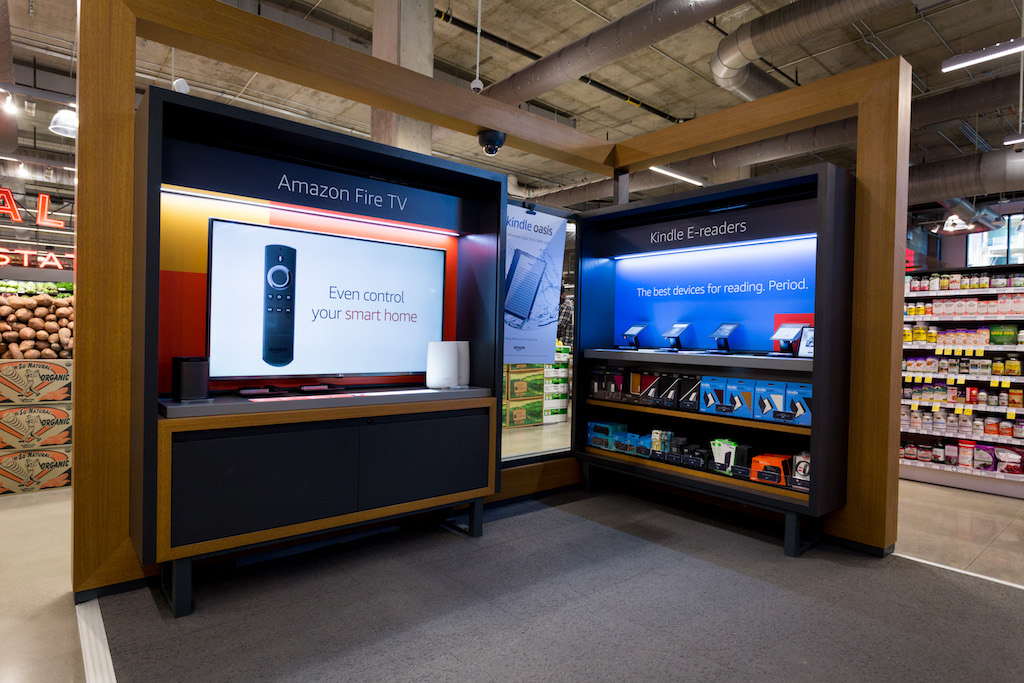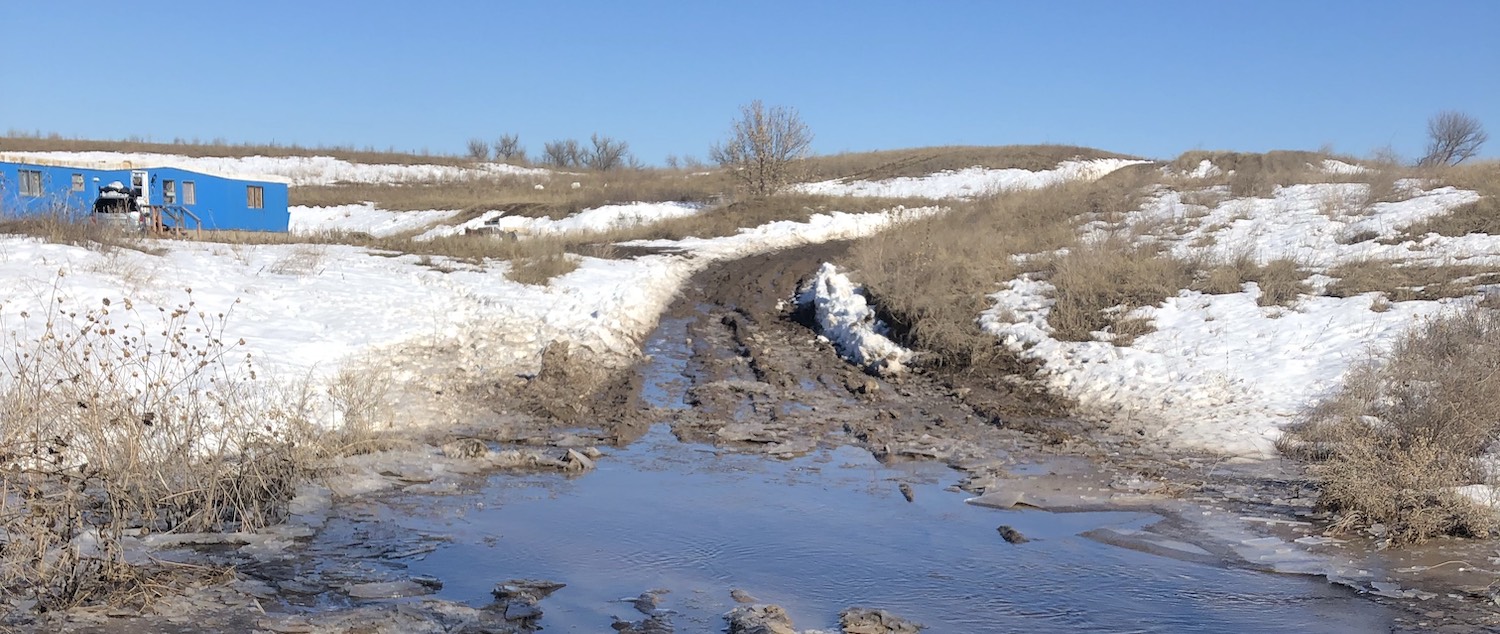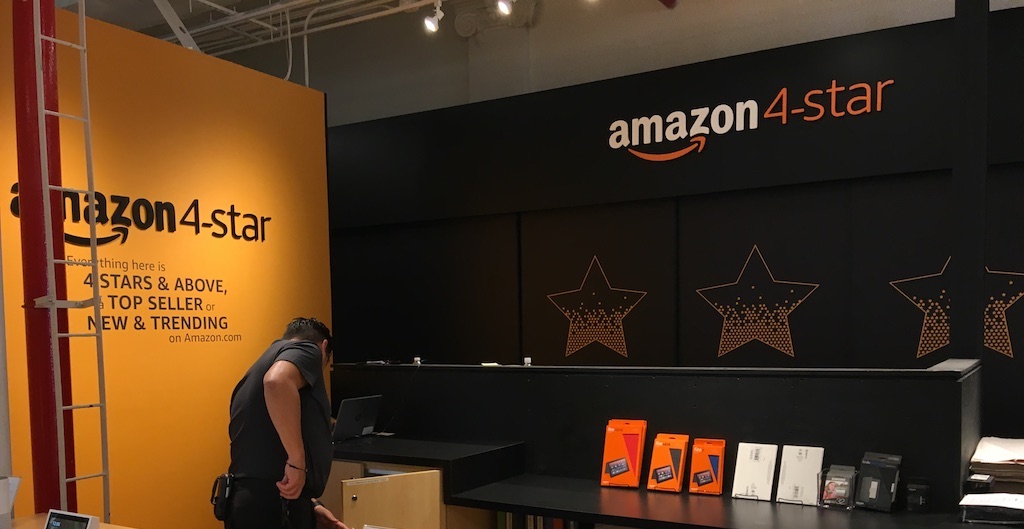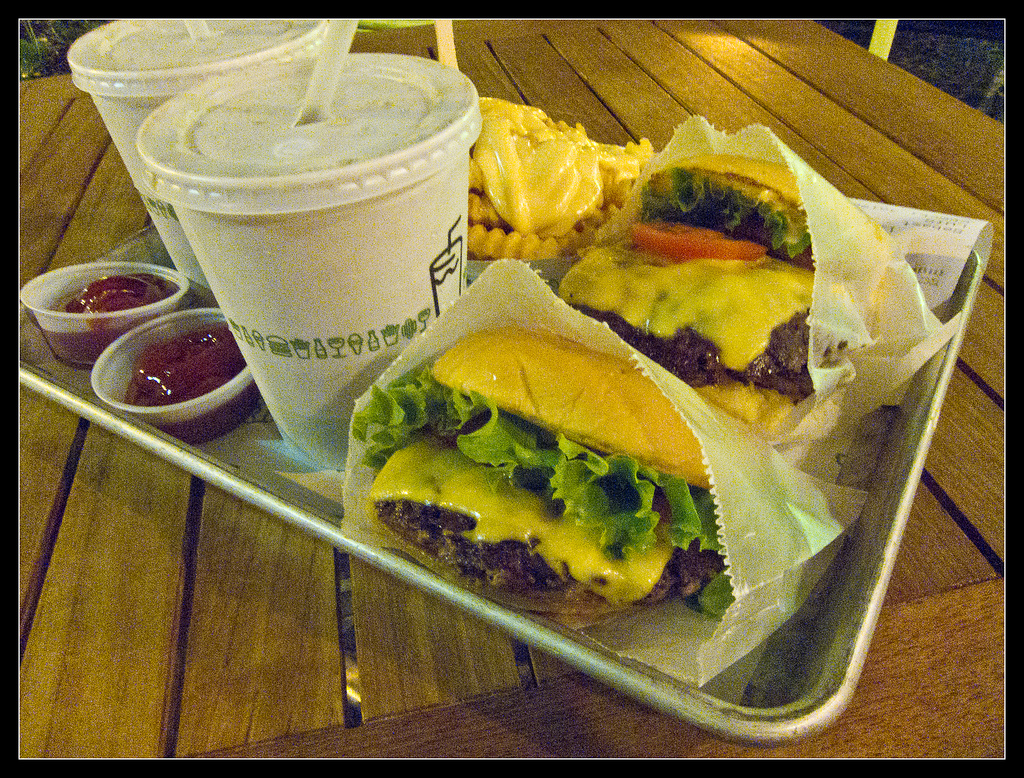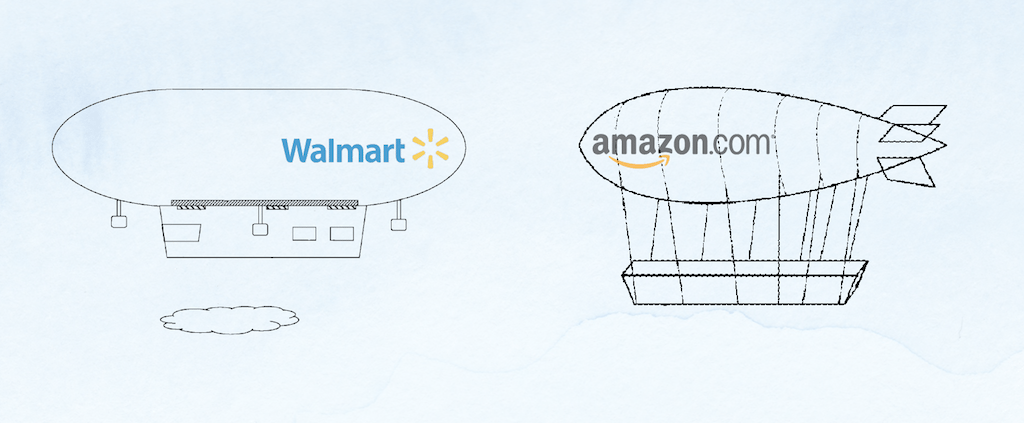
USPTO
Who would’ve thought the world’s first real-life Death Star—an airborne vessel capable of launching other flying machines from deep within its bowels—would look like Blimpie, hovering just 500 feet above the ground and delivering toothpaste?
Though the Skywalker-obsessed schoolchildren of the ’80s and ’90s likely would’ve found this version of the future pretty lame, here we are: We still don’t have prosthetics as convincing as Luke’s, and we can’t yet Skype via hologram. But we do have drones galore. And now, two retail giants are locked in a race to patent, build, and launch the floating drone hubs of the future.
 USPTO
USPTO Walmart’s proposed drone blimp will be filled with helium, hot air, or a combination of gases
Bloomberg reports that Walmart has applied for a patent for “gas-filled aircrafts and methods of dispersing unmanned aircraft systems in delivering products.” In plain English: a drone-launching warehouse in the sky made up of a gas chamber, a propulsion system, and a bunch of built-in parking and launching spots for individual drones. It’s basically a giant blimp.
But the company is more than a full year behind Amazon, which patented its own drone-housing zeppelin in April of 2016. And there’s some indication that Amazon’s even further along than you’d think: Last week, the Puget Sound Business Journal reported the company has received a patent for the spookily titled “delivery shroud,” a veil that descends from a drone once it’s hovering over your doorstep. The shroud unfurls, accordion-style, to bounce a package through its inner walls for the several feet of its journey. This is the future!
 USPTO
USPTO Amazon’s delivery shroud
Most of us won’t be getting drone-delivered Amazon- or Walmart-branded steaks for awhile, though. The Federal Aviation Authority doesn’t currently allow drones to be launched from planes, or even to fly over people. In the US, the regulatory environment may present some serious hurdles that amount to more than—sorry—blimps on the radar. Also, these patents aren’t really meant to be taken literally. They’re full of “mays” and “mights,” and both companies have included language that indicates their blimps could range quite a lot in size, capacity, and altitude. Walmart, for example, doesn’t even appear to have decided whether or not its aircrafts will have pilots. And both patents contain disclaimer paragraphs starting with “those skilled in the art,” paragraphs that read as appeals to the patent readers to understand that not every detail has been ironed out.
Still, let’s imagine for one second that it’s 2022. We’ve got another grueling presidential election in the rearview mirror, and self-driving Ubers are the new normal. A new pastry startup called “Pie in the Sky” has just launched its first blimp, and you’re an internet commenter looking to prove it’s just another VC-funded bad idea full of little more than hot air. “Amazon and Walmart already control the blimp market,” your piece starts. If the patents tell the whole story, here’s what the world will look like.
 USPTO
USPTO Walmart’s proposed blimp would fly just below the height of the Empire State Building. Amazon’s would fly above commercial air traffic. Blimp diagrams borrowed from actual patents
In its patent paperwork, Amazon describes a massive vehicle that hangs out above the range of a commercial airplane at 45,000 feet. Like a floating aircraft carrier for drones, the “airborne fulfillment center” (AFC) is meant to remain in the sky for “extended periods of time”—though the company doesn’t indicate whether that means days, weeks, or years. But it seems the “extended period” is meant to last as long as possible: Hovering above most flight paths, the patent says, means the blimp is out of the way of air traffic and can hypothetically stay in the sky until it runs out of fuel.
If all goes well, the AFC might not need to return to the ground to stock up on hot air or helium. The patent diagrams show plans for shuttles (illustrated as mini-blimps) that ferry people, product, and potentially fuel from the ground to the mother ship. They’ll be able to dock on the big blimp, unload their merch, then float back down to earth and do it all again.
 USPTO
USPTO Amazon’s plan includes docking stations for smaller shuttles that carry people and products
The idea for an airship that flies above planes and stays afloat for months or years didn’t originate with Amazon. NASA published a feasibility study on the subject back in 2003, which said that these blimps are becoming more and more practicable as solar power becomes increasingly sophisticated. One speculative airship the NASA study pointed out at the time has since become reality: an unmanned airship, developed by tech company Lockheed Martin, that can stay afloat for a month. These ships are (of course!) primarily used for surveillance. The company claims the U.S. Army, Department of Homeland Security, and Customs and Border Patrol are all customers, and the fleet’s tagline is “Always there. Always on.”
Walmart’s blimps, by contrast, fly much closer to the ground. “The lifting force is sufficient to allow the transport aircraft to fly at heights of 500 feet, and typically at greater than 1000 feet,” reads the patent. That’s a little lower than the Empire State Building, which is 1,250 feet if you don’t include the antenna. Walmart seems to be planning a much more modest, short-term sky stay: Its plans mention blimps as a means of transporting goods from one town to another without using roads, and it seems to be treating them more like really big trucks than really big warehouses. The patent shows that the “gas-filled carrier aircrafts” may be readied to go while still on the ground, loaded up with orders at more traditional warehouses before being flown out to your neighborhood. Unlike Amazon, Walmart’s not planning to stash a significant supply of not-yet-purchased inventory under a helium balloon—though the patent does mention the Walmart blimps may carry a few common add-on items in case orders come in that happen to be on the flight path.
Size matters
 USPTO
USPTO Amazon plans to build a blimp that carries more weight than the largest cargo airplane ever built. Walmart’s blimp may carry the equivalent weight of several semi-trucks
The companies’ plans differ on more than elevation. When it comes to the size and scale of their blimps, Amazon’s ambitions are stratospheric—while Walmart’s taking a scaled-down, more grounded approach.
Here’s Amazon: “In some implementations, the AFC [airborne fulfillment center] may be hundreds of feet long and capable of carrying several hundreds of tons.” That might be bigger than the biggest cargo plane ever built: The Antonov An-225 Mriya, which debuted in 1988, carried the largest load ever recorded—and that was about 209 tons. It’s 275 feet long.
Walmart, on the other hand, can’t seem to cool it on the truck size comparisons. Its imagined blimp carries “relatively large loads of products, and often more than multiple semi-trucks.” A semi-truck’s capacity maxes out at 40 tons.
The logistics of drone-dropping
Though shaky on many of the big picture details, Walmart seems to have had some fun imagining how it’ll release drones from its blimp. The inventors’ plans for launch seem written for a Pixar movie: Maybe they’ll use a miniature rail system! May they’ll lower the drones down from an interior crane! Maybe they’ll build a high-altitude slide! Maybe they’ll use a catapult?
Amazon, on the other hand, either hasn’t worried about that part yet or hasn’t deigned to patent the process. Its description of the drones’ trajectory downward evokes a graceful, parachute-like float to the ground: “They can navigate horizontally toward a user specified delivery location using little to no power,” the patent reads.
 USPTO
USPTO Amazon plans to use shuttles to restock its airship. The drones, pictured as item 312, won’t need much power to navigate to their destinations
Squeezing every penny from the heavens
True to form, Amazon’s already thought about how to turn its floating warehouse into a blimped-out billboard. Its patent includes plans to let the airship float down to 2,000 feet during major sporting events, hovering over the playing field and presumably undercutting the merch salespeople and pretzel purveyors that pay rent for space in stadiums.
The company is even considering using the bottom of its dirigible as a dynamic advertisement, offering flash sales complete with a giant, downward-ticking inventory counter. Amazon seems to envision these billboards as staging grounds for product releases. How much would a beer company pay to have an Amazon blimp deliver brews branded with the scoring team’s logo after every Super Bowl touchdown? How long will it be before floating #PrimeDay ads blot out the sun?
But Amazon’s monetization tactics extend beyond a little extra ad revenue here and there. In late July, Business Insider reported that the company filed a patent to use its delivery drones to scan homes, analyze what they see, and recommend products based on their findings. Need a roof repair? Tomato plants not looking so hot? Amazon knows a guy.
 USPTO
USPTO An overhead view of Walmart’s planned interior layout
Of course, both companies are exploring every option to make delivery a little faster, a little cheaper, and a little less reliant on humans and existing infrastructure—and both will continue to roll out more traditional new initiatives on the ground. Amazon’s currently cooking up an earthly, beehive-like multi-story drone-docking warehouse-slash-fulfillment-center, and Walmart on Monday announced it’s stepping up its collaboration with Uber. Whether it’s due to logistics, fuel costs, or regulations, self-driving cars and semis may prove to be more feasible than drone-toting blimps.
Despite the many unknowns, drone blimps may prove just as efficient at delivering Cheerios and cat food as trucks—and we may start to see more of our food come to us via next-generation air mail. And not just groceries. Amazon’s patent, for instance, also includes plans for the world’s first mile-high meal delivery company—including a “food preparation area” where meals are prepped, cooked, and floated groundward at serving temperature.
It may not be long before Pie in the Sky—be it a brand-new startup or one of Amazon’s sneaky private labels—is ready to float a temperature-controlled slice of drone-made apple crumble down from on high. Heaven-sent, indeed.

